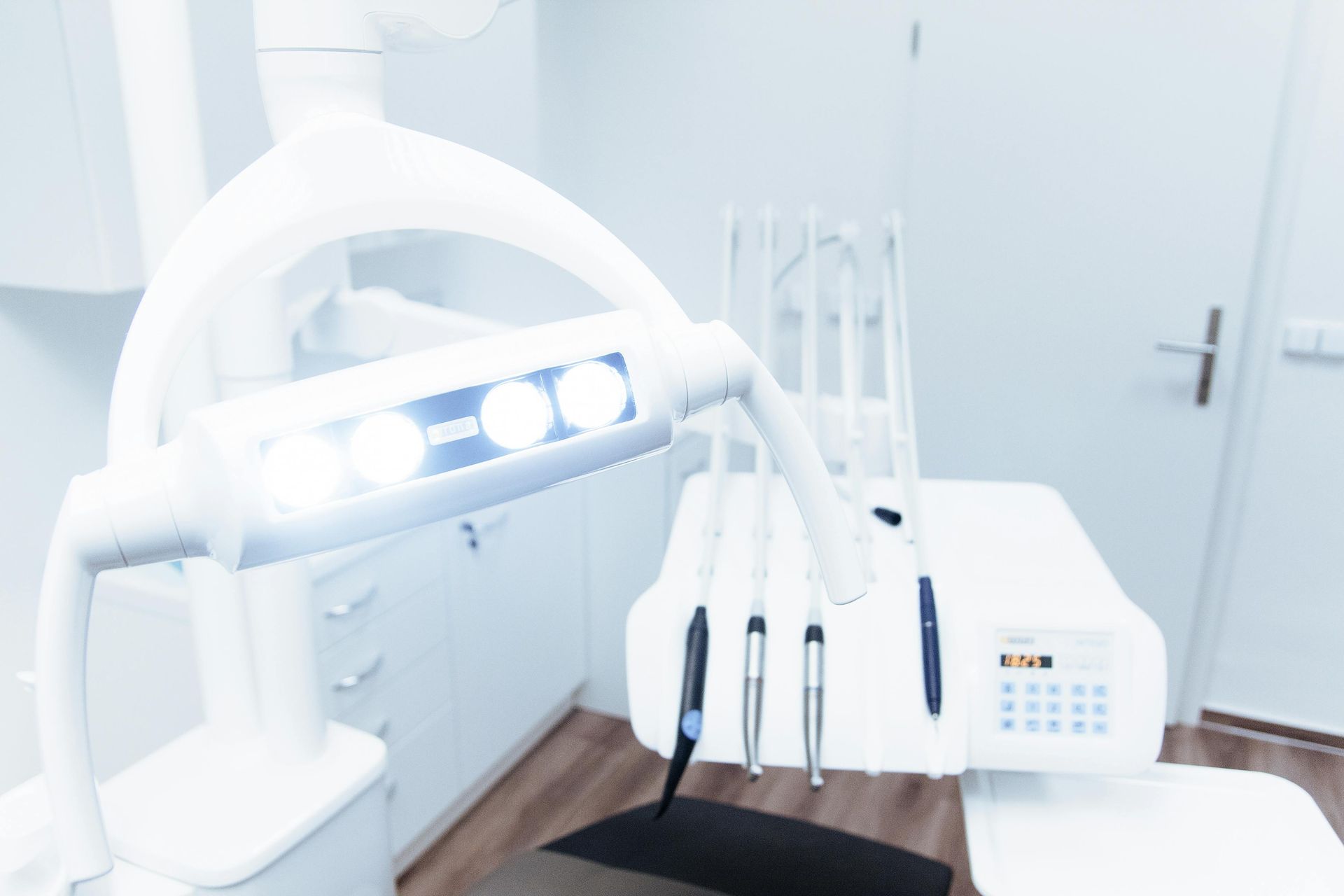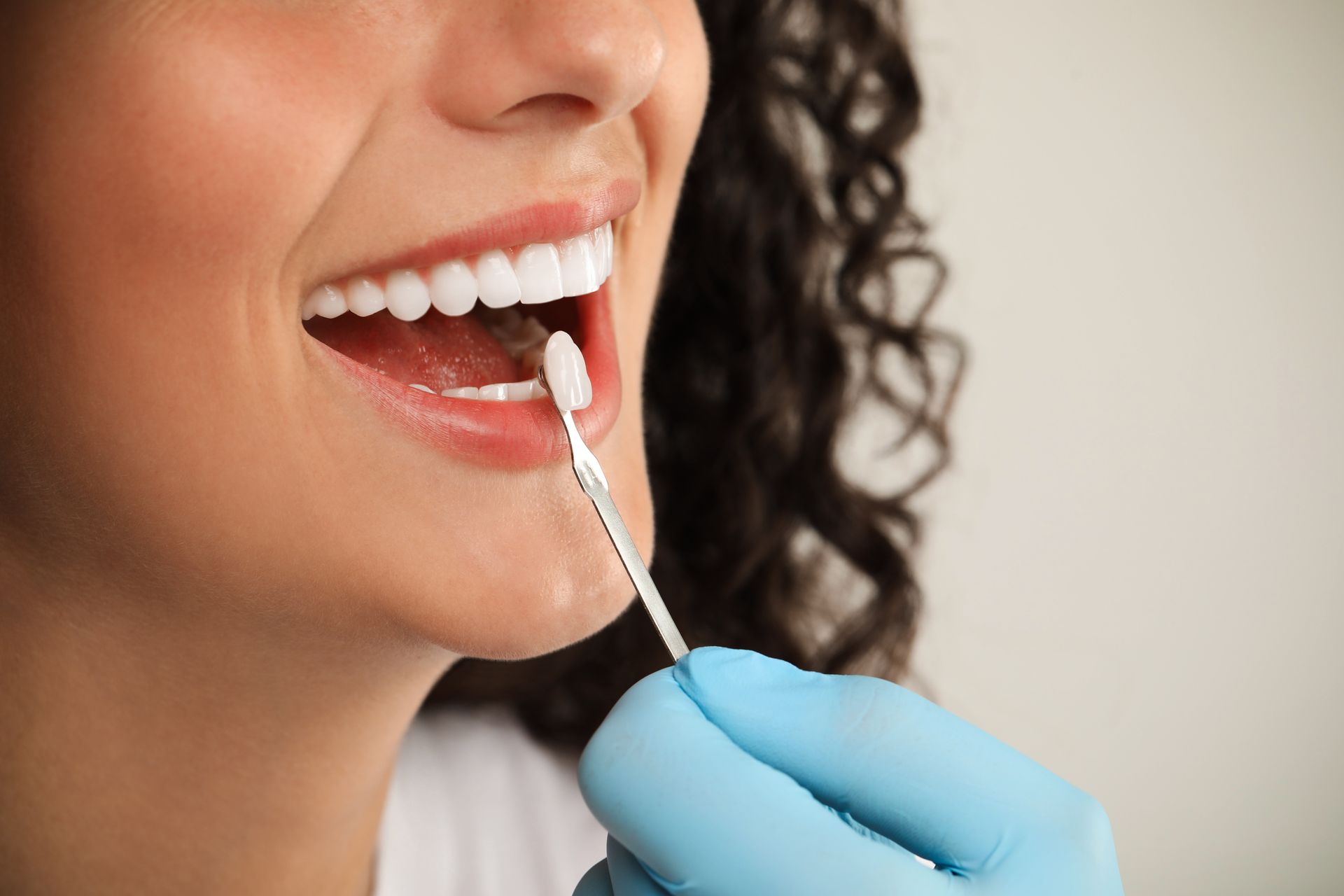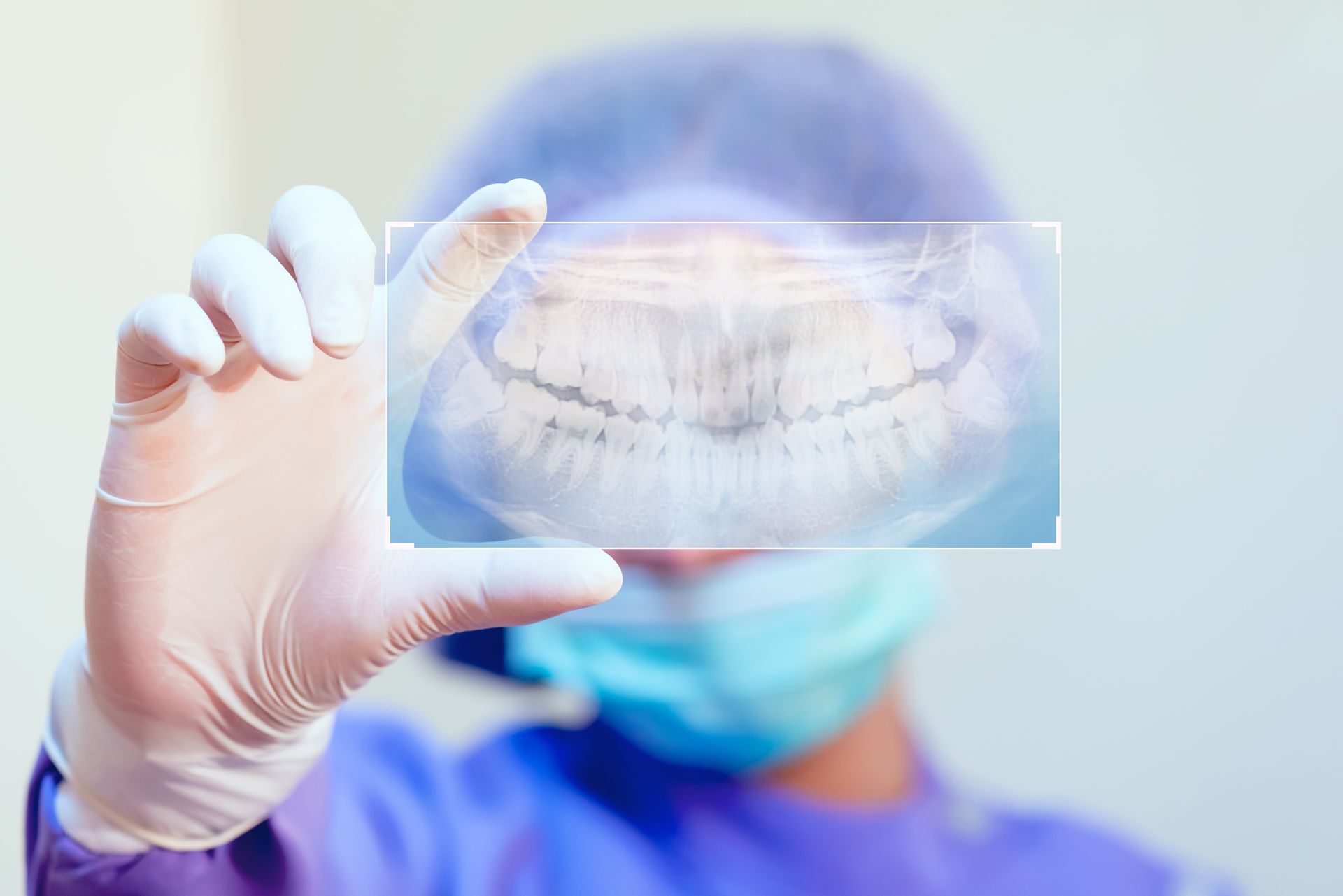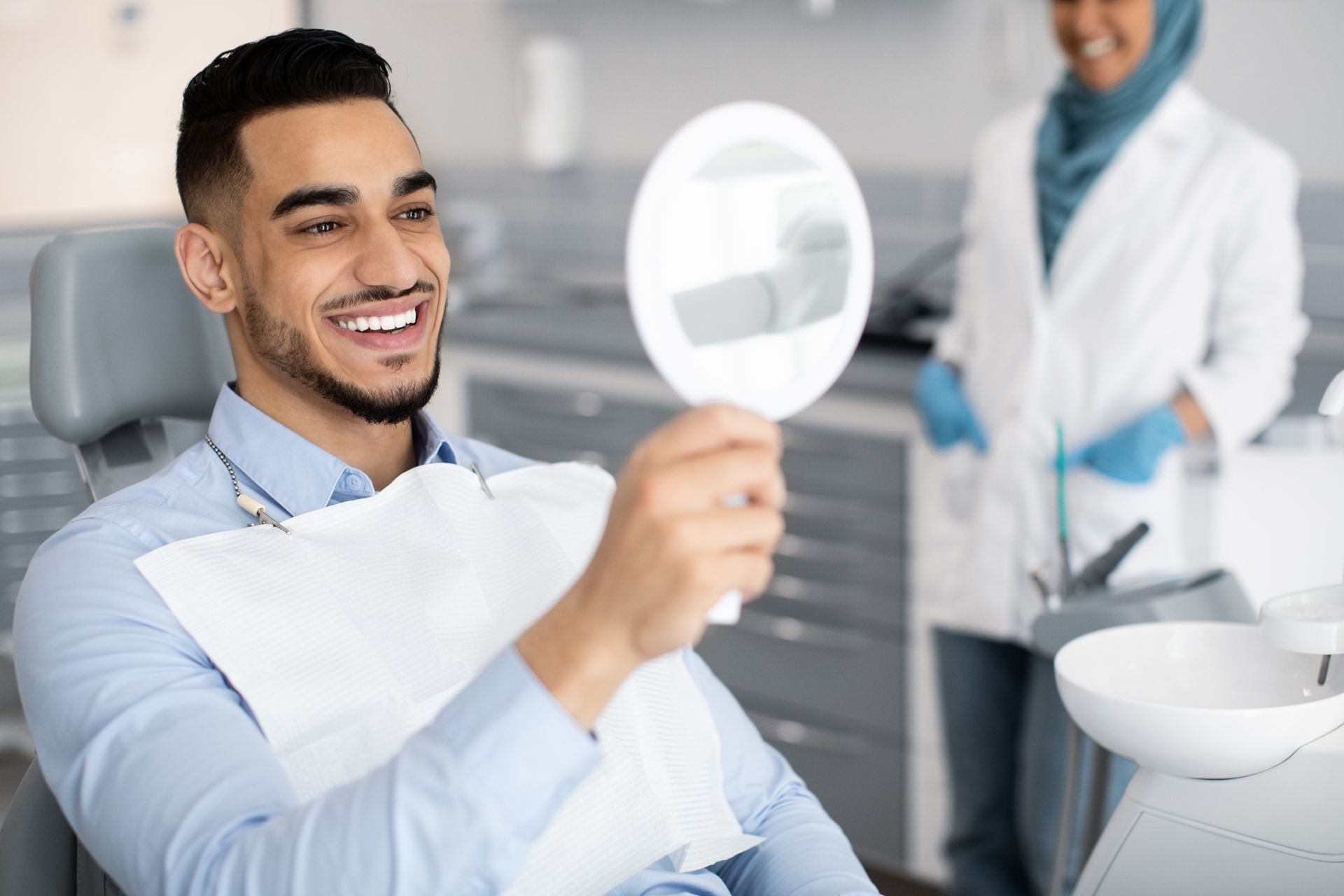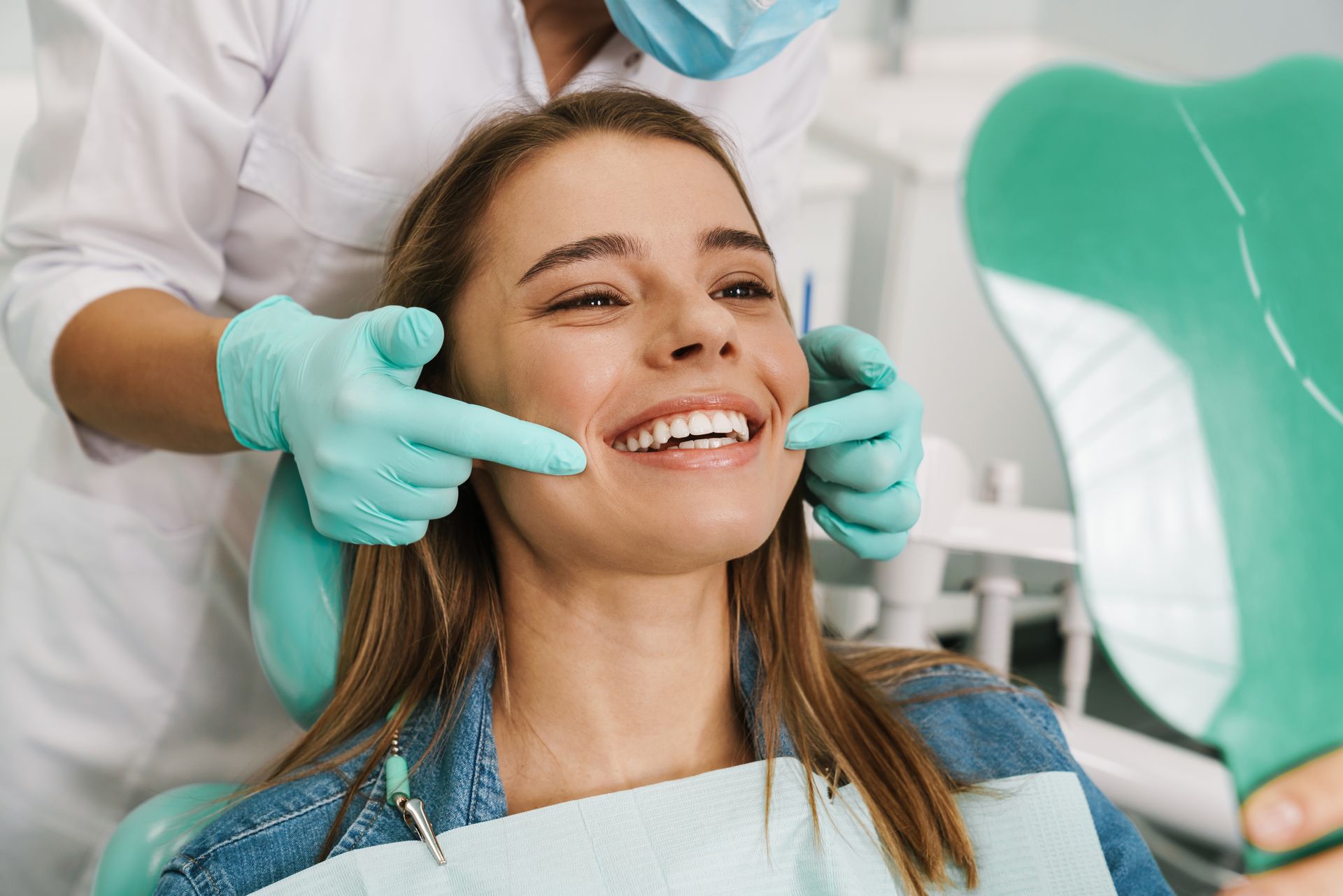By nat rosasco
•
September 15, 2025
A bright, white smile can instantly boost your confidence and make a lasting first impression. Over time, however, our teeth naturally lose their luster due to age, diet, and lifestyle habits. If you’ve noticed your smile isn’t as radiant as it once was, you may be considering teeth whitening. Here’s everything you need to know before brightening your smile. Why Teeth Become Discolored Tooth discoloration happens for a variety of reasons. The most common cause is surface staining from foods and drinks like coffee, tea, red wine, and dark-colored berries. Tobacco use is another major culprit, as nicotine and tar can leave stubborn yellow or brown stains. Other types of discoloration occur beneath the surface. As we age, the enamel on our teeth thins, revealing more of the naturally yellow dentin underneath. Certain medications, trauma, or excessive fluoride exposure can also cause deeper stains that are harder to remove with over-the-counter products. Professional Whitening vs. At-Home Options There are two main ways to whiten your teeth: professional whitening performed by a dentist and over-the-counter (OTC) products. Professional whitening is the safest and most effective method. In-office treatments use stronger whitening agents that deliver dramatic results—often several shades whiter—in just one visit. Your dentist carefully protects your gums and soft tissues while applying a professional-grade whitening gel, sometimes activated by a special light. The result is fast, noticeable, and longer-lasting whitening with minimal sensitivity. At-home options include whitening toothpastes, strips, trays, and gels available at most pharmacies. While these products can help remove some surface stains, they typically take longer to show results and may not whiten as evenly as professional treatments. Custom whitening trays made by your dentist offer a middle ground—providing professional results at home with personalized fit and safety. Is Teeth Whitening Safe? Yes—when performed correctly, teeth whitening is safe and effective. The most common side effect is temporary tooth sensitivity or mild gum irritation, which usually subsides within a few days. To minimize discomfort, your dentist can recommend desensitizing toothpaste or adjust your treatment strength. It’s important to remember that whitening only works on natural tooth enamel. Dental restorations like crowns, veneers, and fillings won’t respond to whitening agents. If you’re considering cosmetic work, talk to your dentist about the best sequence for whitening and restoration to ensure a seamless color match. How to Maintain Your Bright Smile After whitening, you’ll want to keep your teeth looking their best. Avoid staining foods and drinks for at least 48 hours after treatment, as enamel can be more porous during this time. Incorporate good oral hygiene habits—brushing twice a day, flossing daily, and scheduling regular dental cleanings. Using a straw for dark beverages and rinsing your mouth with water after meals can also help prevent new stains. The Bottom Line Teeth whitening is a safe, effective, and confidence-boosting way to rejuvenate your smile. Whether you choose a professional in-office treatment or an at-home option, your dentist can guide you toward the best method for your needs. With proper care and maintenance, your brighter, whiter smile can last for years to come.



